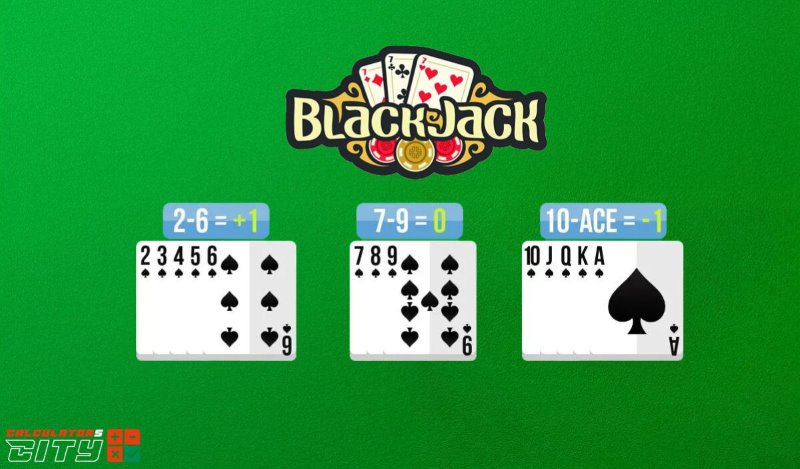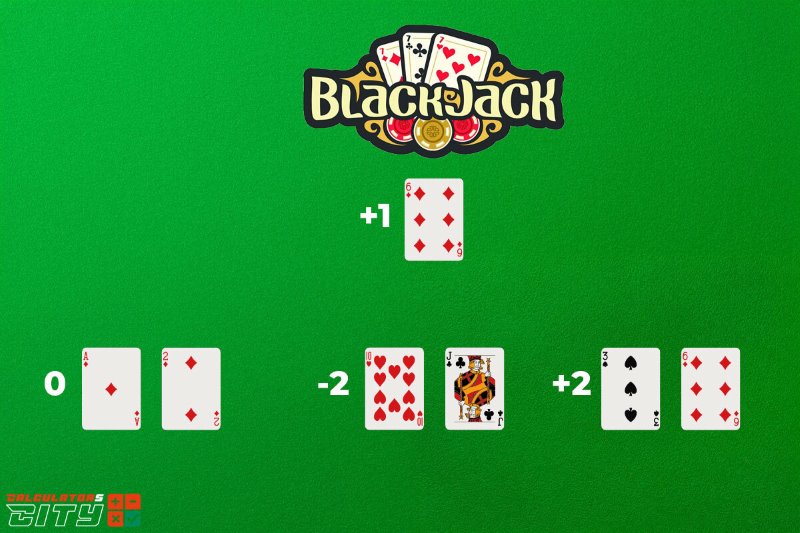Blackjack card counting has long been associated with strategies to gain an edge over the house in blackjack. While card counting requires practice and focus, mastering it can offer substantial rewards for committed players. This guide provides an in-depth look at what card counting entails, the steps to develop your counting skills, and practical tips for improving your chances in the game.
What is Card Counting?
Card counting in blackjack is a technique that lets players track the balance of high and low cards remaining in the deck, giving them insights into when the odds might favor them. Unlike popular misconceptions, it doesn’t involve memorizing each card dealt; instead, players keep a running tally based on the relative values of the cards seen. Lower cards (2-6) increase the count and are advantageous to the dealer, while higher cards (10 through Ace) decrease it, favoring the player by increasing the likelihood of strong hands like 20 or 21. When the count is high, players can raise their bets and play more aggressively, leveraging the increased chance of favorable cards. By combining card counting with blackjack basic strategy, players can further improve their control over the game and reduce the house edge, gaining a potential advantage.
Blackjack Card Counting Practice
Following a step-by-step approach to learn card values, calculate the count, and apply the results in real scenarios can significantly improve your chances of success. The following steps will guide you through the basics of the technique and help you develop your skills. Keep in mind that this technique is effective only in casinos where the deck isn’t reshuffled after every hand, or at least not too frequently.
Step 1 – Master Card Counting Values
The first step is to understand the values associated with the different cards::
- Cards 2 through 6 are assigned a value of +1.
- Cards 7 through 9 are neutral and carry a value of 0.
- Cards 10 through Ace have a -1 value.

These values help determine if the deck is “rich” in high or low cards. A positive count suggests that more low cards have been dealt, leaving a higher probability of drawing a high card. A negative count implies the opposite.
Step 2 – Build the Running Count
Once you’re familiar with card values, begin counting the cards in a live or practice setting. Start with a count of zero and adjust based on the cards dealt. For instance, if the first card is a 5 (which has a +1 value) and the next is a 10 (-1), the running count returns to zero. Continue adding or subtracting values as each new card appears.
Over time, this running count will indicate the likelihood of a high-value card being dealt, helping you determine the ideal time to adjust your betting.

Step 3 – Derive the True Count
As blackjack games often use multiple decks, calculating the true count is essential. This is the running count divided by the number of remaining decks in play, providing a more accurate picture of the deck’s composition.
For example, if your running count is +6 and there are three decks remaining, your true count is +2. A higher true count suggests better odds for the player and indicates a time to increase your bets. It is a critical metric and is what allows players to effectively translate their running count into actionable strategy adjustments.
Step 4 – Strategize Based on the Count
You can maximize your bets during favorable hands. When the count is positive, it indicates a deck full of high cards, giving you an edge over the house. Increase your bets proportionally based on the true count, knowing that a higher count suggests greater odds of winning. Conversely, if the count is low or negative, play conservatively to minimize losses.
Using this approach, you can capitalize on favorable situations, enhancing your chance to walk away with more winnings in the long term.
Step 5 – Refine Your Counting Method
As you grow more comfortable with this technique, adapting to different counting methods, such as Zen or Omega II, can enhance your strategy. Some methods offer more complexity but may provide a higher level of accuracy for experienced counters. Adjusting your approach based on the casino’s rules and the number of decks in play will further improve your proficiency.
Blackjack Card Counting Calculator
A blackjack card counting calculator is a powerful tool designed to help players estimate the advantage they hold during a blackjack game. Unlike basic strategy tools, a card-counting calculator tracks the ratio of high cards to low cards remaining in the shoe, giving players insight into when the odds shift in their favor. This makes it a valuable resource for both beginners learning to count cards and experienced advantage players who want to refine their counting precision.
While casinos prohibit electronic devices at the table, using a blackjack card counter calculator for training, simulation, and practice is perfectly legal—and one of the most effective ways to improve your long-term blackjack edge.
How a Card Counting Calculator Works
A card counting calculator uses well-established counting systems—such as Hi-Lo, KO, Omega II, or Wong Halves—to convert cards into running counts. These systems assign values to cards to detect when the deck is rich in 10s and Aces, which increases the chances of hitting blackjack and boosts player advantage.
Typical process:
- Input cards dealt (player, dealer, and visible shoe cards)
- Calculator updates the running count
- Shoe size is entered, allowing the tool to compute the true count
- The true count is converted into:
- Bet recommendations
- Play deviations
- Advantage percentage
This makes the blackjack card counting calculator an ideal practice tool for mastering count conversions, which are essential for real-world card counting.
Blackjack Card Counting Tips
There are some key tips to keep in mind before applying your knowledge at the casino table. These suggestions will help ensure that your strategy is both effective and sustainable in the long run.
- Master the Basic Strategy First: Mastering blackjack’s basic strategy is essential to lower the house edge. Know the best moves for every possible hand before attempting card counting; only then should you incorporate count-based deviations.
- Choose Favorable Table Rules: Seek tables with favorable rules, such as 3:2 payouts for blackjack, the dealer standing on 17, and insurance paying 2:1. Fewer decks in the shoe and multiple splits also enhance your odds.
- Observe Dealer Shuffling Patterns: Look for tables where the dealer reshuffles less often, as frequent shuffles disrupt the count. Make sure betting limits allow you to increase bets when the count is in your favor.
- Practice Smart Bankroll Management: Card counting provides a slight edge over time, so bankroll management is crucial. Set a budget, avoid chasing losses, and understand that profits are gradual rather than instant.
FAQ
Card counting is not illegal; it’s a skill-based strategy that doesn’t involve cheating. However, casinos disapprove of it and may ask counters to leave or even ban them from playing.
Proficiency varies, but with regular practice using flashcards, training apps, and real-world scenarios, many can grasp basic counting within a few months.
This technique is larely ineffective in online blackjack due to automatic reshuffling after each hand. Some live dealer games offer more deck longevity, but even these are often reshuffled regularly.
A larger bankroll is advantageous as it provides flexibility to increase bets during high counts. However, disciplined bankroll management is crucial to avoid significant losses.

